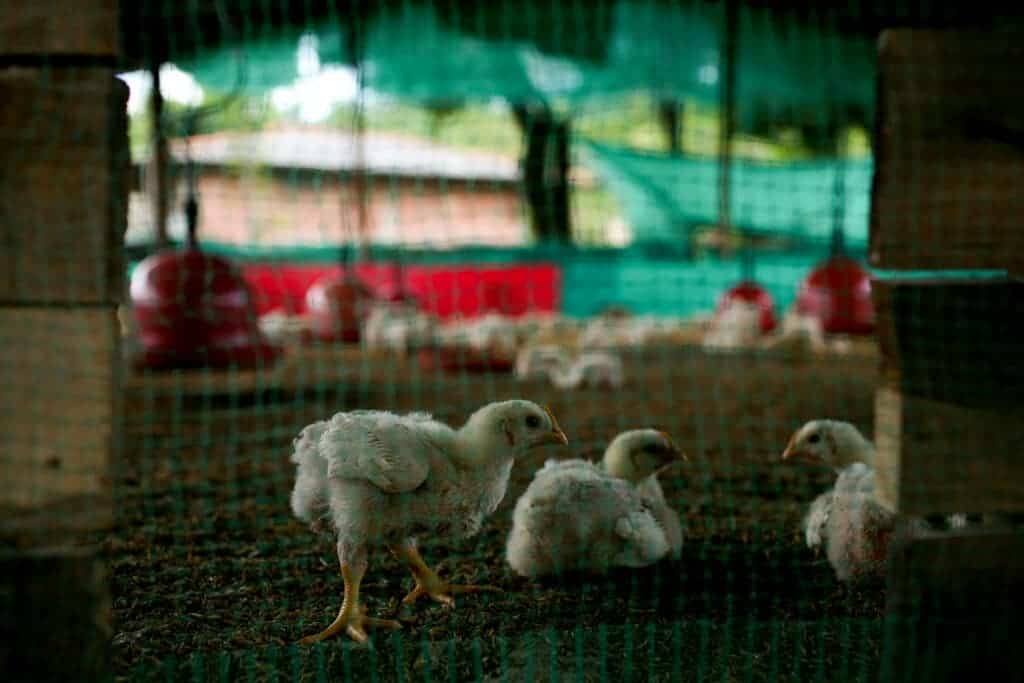The recent outbreak of bird flu is the most serious epidemic in Europe on record, health authorities have said. Almost 48 million animals have been culled on European farms since last autumn due to the virus, the EU’s Food Safety Agency said, warning that the outbreak could get much worse in the next period.

The expansion of the highly pathogenic avian influenza (HPAI), commonly known as bird flu, is a problem for the poultry industry as it can ravage flocks and push authorities to impose trade restrictions. Of course, there’s also a risk that the virus may eventually jump to humans which can have severe consequences. The ongoing outbreak is so severe that these major risks are being taken seriously.
“As autumn migration begins and the number of wild birds wintering in Europe increases, they are likely at higher risk of HPAI infection than previous years due to the observed persistence of the virus in Europe”, Guilhem de Seze, Head of the Risk Assessment Production Department at EU’s Food Safety Agency, said in a statement.
This season’s epidemic has already affected 37 European countries, the largest geographical react on record. The virus has also crossed the Atlantic for the first time along migration routes, causing an epidemic in poultry in the US and Canada. A total of 2,467 outbreaks have been reported in poultry, with 47.7 million birds culled so far.
EU officials have said the risk of infection for the general human population in the EU is still low and low to medium for occupationally exposed people, but they did mention that there’s a lot of uncertainty due to the diversity of avian influenza viruses circulating in bird populations. The risk of transmission to humans through exposure to contaminated products is insignificant.
“Thankfully, there have been no human infections during the recent outbreaks of avian influenza in the EU,” Andrea Ammon, European Centre for Disease Prevention and Control, said in a statement. “However, several groups of people, mainly those working in the animal sector, are at increased risk of exposure to infected animals.”
Laboratory and health experts, both in the animal and human sectors, should collaborate and maintain a coordinated approach, Ammon added. The EU’s Food Safety Agency advised a fast implementation of mitigation strategies, such as biosecurity measures and surveillance strategies for early detection of the virus.
A dangerous outbreak
Low-pathogenic bird flu circulates naturally and causes few troubles in wild birds, but the crowded conditions of intensive poultry farms can cause the virus to mutate into a much more dangerous form. The origins of this particular strain, H5N1, were traced to a farm in China in 1996 and since then, the strain has spread to Europe, Asia, and North America.
Mass poultry culls have been used for decades to try to contain the disease, but the recent variant is now killing wild birds at an alarming speed. Almost 400,000 wild bird deaths from the disease were registered in the last year alone by the World Organization for Animal Health – a figure that is now expected to be higher this year.
Stopping this won’t be easy. Vaccination of wild birds is almost impossible due to the lack of a vaccine that can be delivered orally and the vast number of species. Avian flu will probably have to be addressed at its source: poultry farms.
Experts have called to review the density of birds on farms to decrease the chance of new variants emerging. Basically, the best way to ensure the virus doesn’t spread more and cause more damage is to ensure more humane conditions for animals — but that’s unlikely to happen unless it’s imposed through regulation.
Crossing over of the most recent strain into humans has to far been rare, but experts have said this could change without further precautions. “We’re knowingly risking our own lives by allowing this kind of system to continue as it is,” Thijs Kuiken, a professor of pathology at the Erasmus University medical centre in Rotterdam, told New Statesman.









